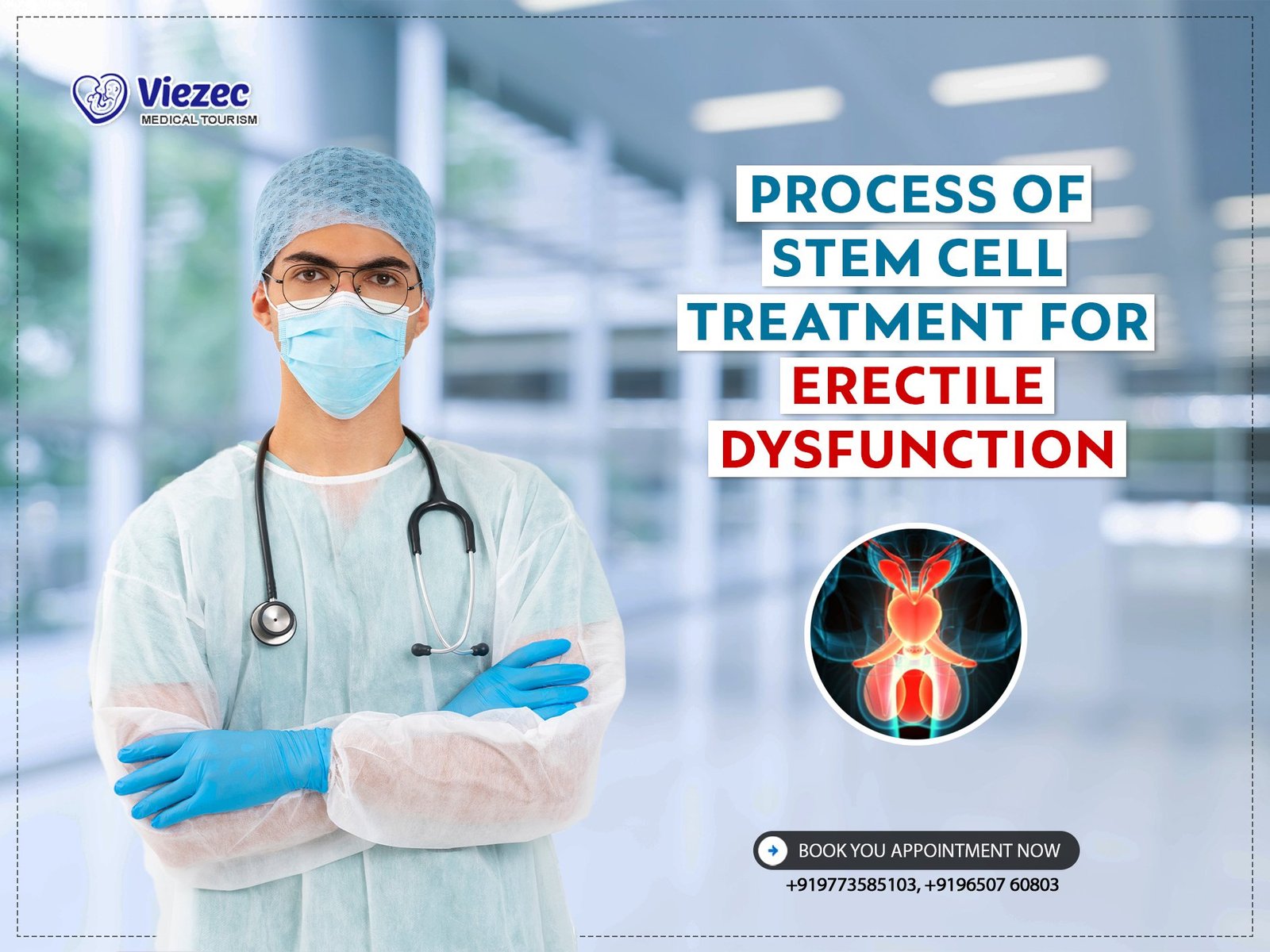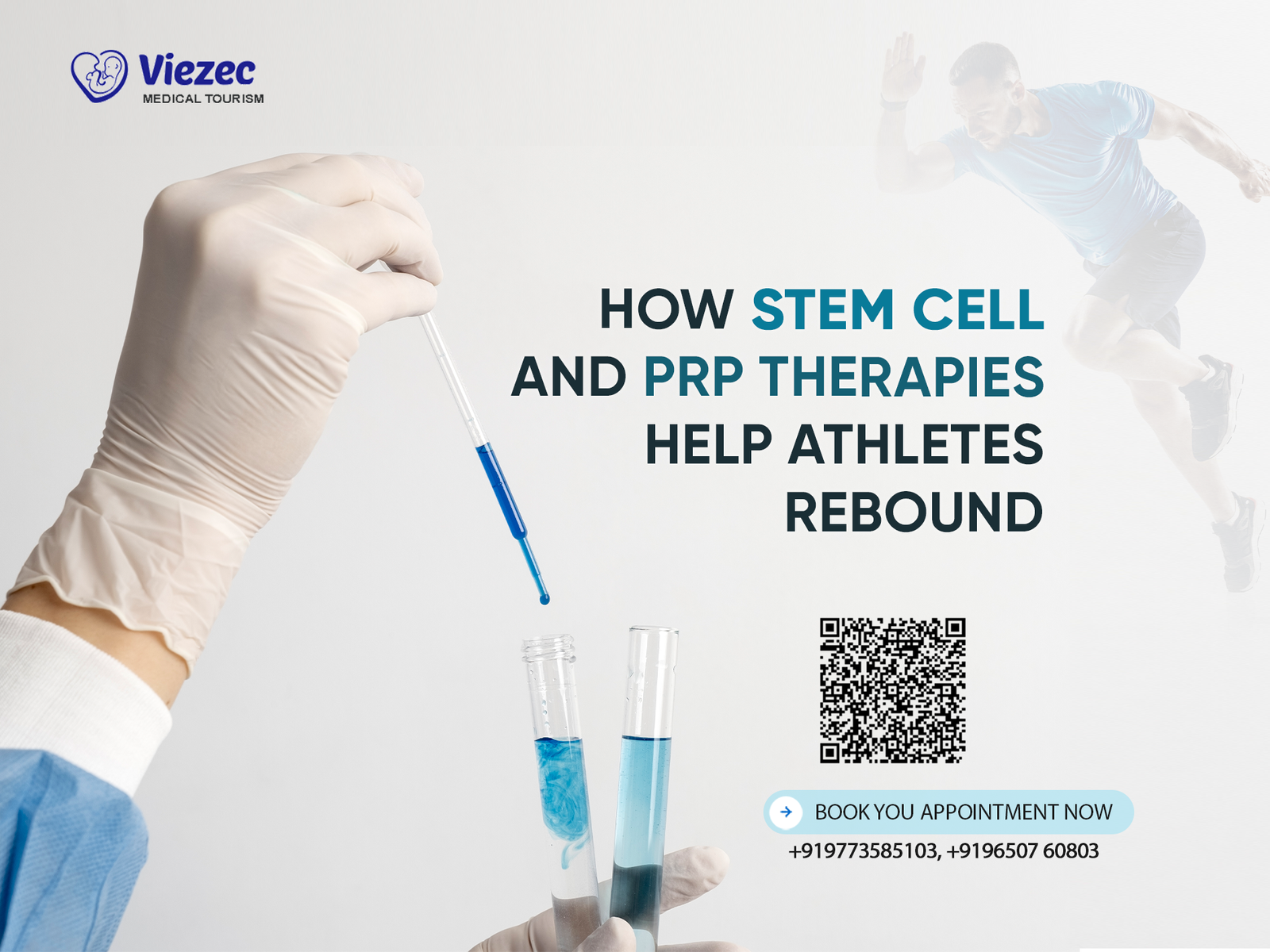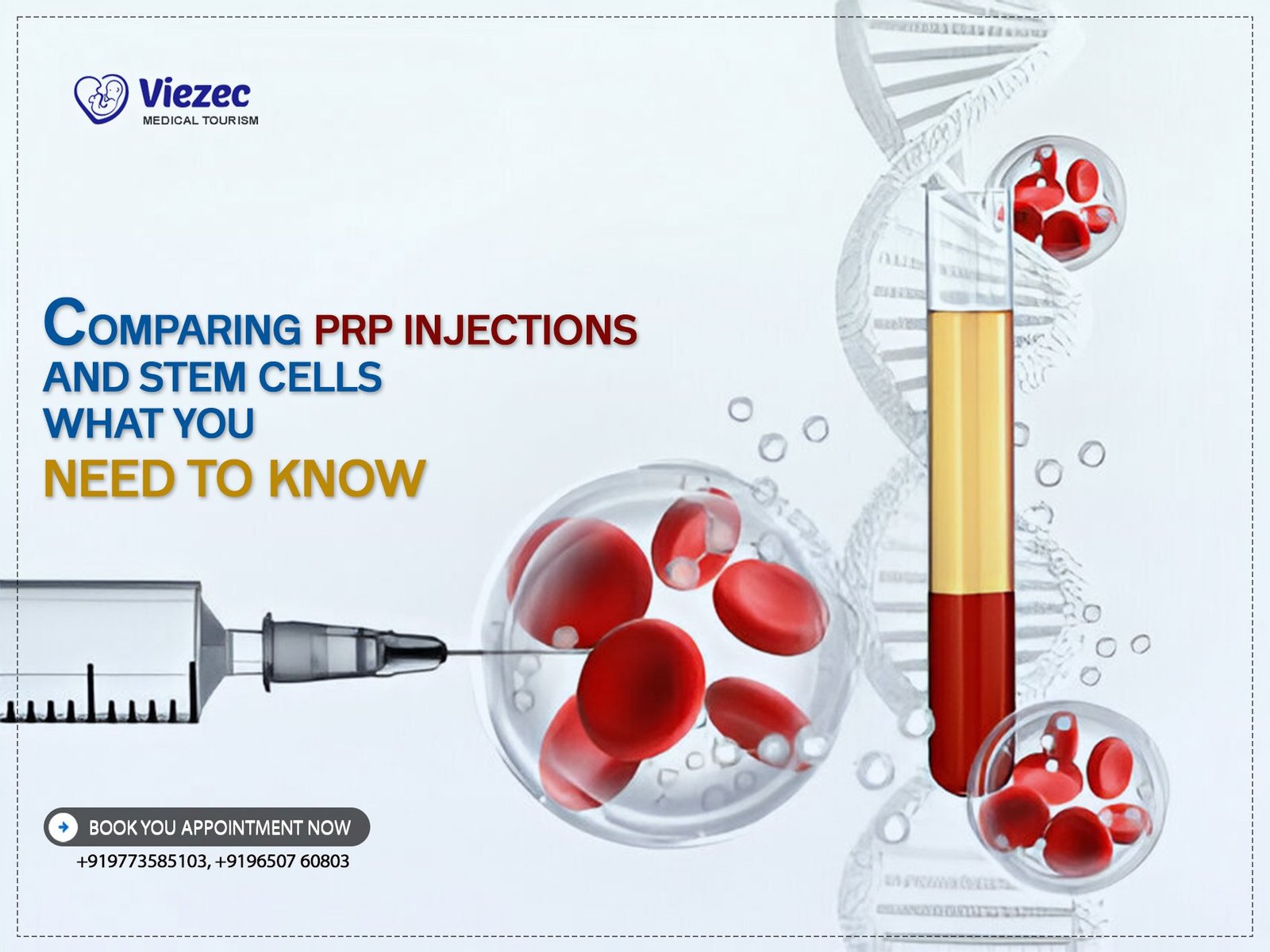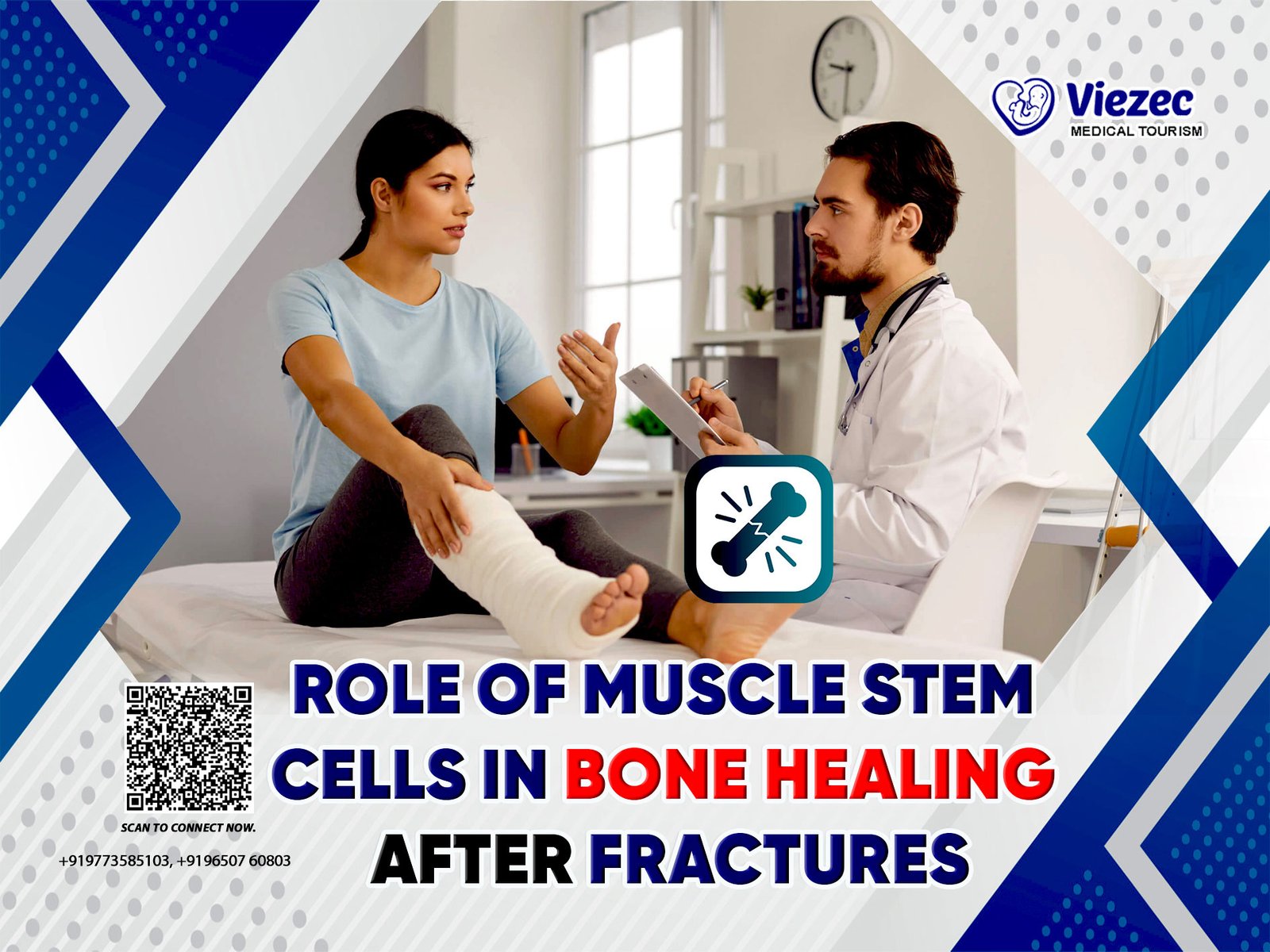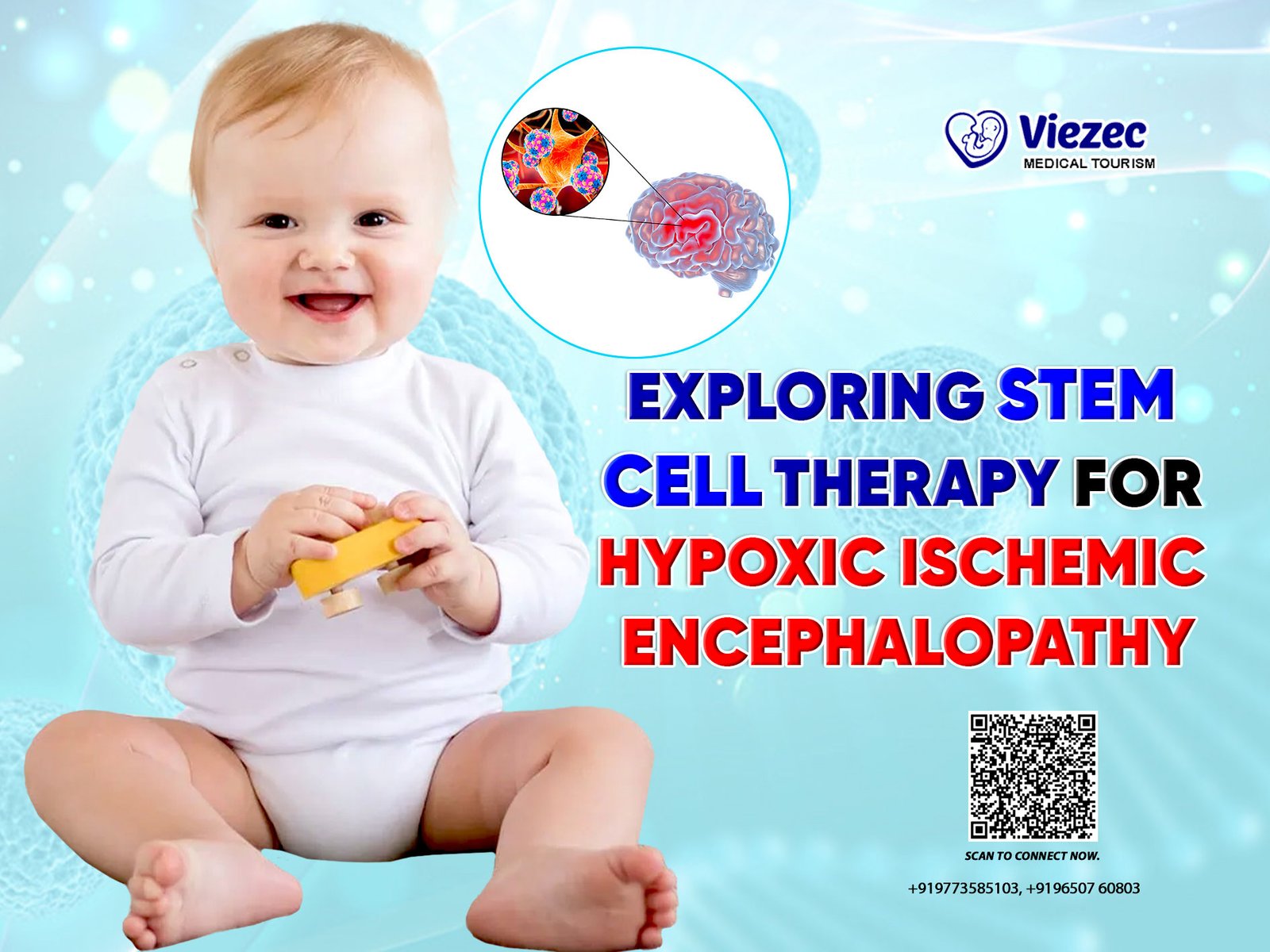Erectile dysfunction (ED) is a prevalent condition affecting millions of men worldwide, characterized by the inability to achieve or maintain an erection sufficient for satisfactory sexual performance. While various treatment options exist, including oral medications, penile implants, and vacuum erection devices, some individuals seek alternative therapies due to dissatisfaction with conventional approaches or concerns about side effects.
Platelet-rich plasma (PRP) therapy has emerged as a promising alternative for the management of ED. We will explore the scientific basis of PRP injections for ED treatment, delving into its mechanism of action, clinical evidence, patient selection criteria, administration techniques, potential side effects, and future research directions.
Understanding Platelet-Rich Plasma (PRP)
PRP is a concentrated form of plasma derived from the patient’s own blood, enriched with a higher concentration of platelets than found in normal blood. Platelets contain various growth factors and cytokines that play crucial roles in tissue repair, regeneration, and angiogenesis (the formation of new blood vessels).
Growing Interest in PRP Therapy for ED
In recent years, there has been a growing interest in PRP therapy for ED due to its potential to address the underlying pathophysiology of the condition. Unlike symptomatic treatments such as phosphodiesterase type 5 (PDE5) inhibitors, PRP aims to stimulate tissue regeneration and improve penile blood flow, offering a more holistic approach to ED management.
Erectile Dysfunction: Causes and Current Treatments
Overview of Erectile Dysfunction
ED can stem from various physical, psychological, or lifestyle factors, including vascular disease, hormonal imbalances, neurological disorders, and psychological stressors. Understanding the root cause of ED is essential for tailoring appropriate treatment strategies.
Conventional Treatments and Their Limitations
Conventional treatments for ED primarily focus on symptom management rather than addressing the underlying causes. While medications like sildenafil (Viagra) and tadalafil (Cialis) are effective for many individuals, they may not be suitable for everyone and can cause adverse effects such as headache, flushing, and dyspepsia. Surgical interventions, while effective, carry risks and may not be desirable for all patients.
PRP Therapy: Mechanism of Action
Platelets and Growth Factors in PRP
The therapeutic effects of PRP in ED are attributed to its high concentration of platelets, which release various growth factors upon activation. These growth factors, including platelet-derived growth factor (PDGF), vascular endothelial growth factor (VEGF), and fibroblast growth factor (FGF), promote tissue repair, neovascularization, and collagen synthesis.
How PRP Works to Improve Erectile Function
PRP injections are hypothesized to improve erectile function through several mechanisms, including:
- Angiogenesis: Growth factors in PRP stimulate the formation of new blood vessels, enhancing penile blood flow and oxygenation.
- Tissue Regeneration: PRP promotes the regeneration of damaged penile tissue, including smooth muscle and endothelial cells, leading to improved erectile function.
- Nerve Regeneration: Some studies suggest that PRP may have neuroprotective effects and promote nerve regeneration, potentially benefiting patients with neurogenic ED.
Clinical Evidence Supporting PRP for ED
Review of Clinical Studies on PRP Injections
While the evidence supporting PRP therapy for ED is still evolving, several clinical studies have reported encouraging results. These studies have demonstrated improvements in erectile function, penile blood flow, and patient satisfaction following PRP treatment.
Efficacy and Safety Profiles
Overall, PRP therapy appears to be safe and well-tolerated, with few reported adverse events. Common side effects include transient pain at the injection site and mild bruising, which typically resolve spontaneously.
Patient Selection and Evaluation
Criteria for Selecting Candidates for PRP Therapy
Patient selection is crucial for the success of PRP therapy in ED. Ideal candidates typically include those with mild to moderate ED, who have failed or are intolerant to conventional treatments, and who do not have contraindications to PRP therapy, such as bleeding disorders or active infections.
Pre-Treatment Evaluation Process
Before undergoing PRP therapy, patients should undergo a comprehensive evaluation, including a medical history review, physical examination, and assessment of baseline erectile function using standardized questionnaires such as the International Index of Erectile Function (IIEF).
Administration of PRP Injections
Preparation of PRP Injections
PRP is typically prepared using a centrifugation process to isolate and concentrate platelets from the patient’s own blood. The resulting PRP solution is then injected directly into the corpus cavernosum of the penis using a fine-gauge needle under local anesthesia.
Injection Techniques and Protocols
Various injection techniques and protocols have been described for PRP therapy in ED, including single-site injections, multiple-site injections, and combination approaches. The choice of technique may depend on factors such as the severity of ED, patient anatomy, and clinician preference.
Post-Treatment Care and Follow-Up
Immediate Post-Injection Guidelines
Following PRP injections, patients are typically advised to refrain from sexual activity and strenuous physical exertion for a specified period to allow for tissue healing and minimize the risk of complications. Nonsteroidal anti-inflammatory drugs (NSAIDs) may be prescribed to alleviate any discomfort.
Long-Term Monitoring and Follow-Up Plans
Long-term follow-up is essential to assess the durability of treatment effects and monitor for any potential adverse events. Patients should be regularly evaluated for changes in erectile function, penile blood flow, and overall satisfaction with treatment outcomes.
Potential Side Effects and Complications
Common Adverse Reactions
While PRP therapy is generally safe, some patients may experience transient side effects such as pain, swelling, or bruising at the injection site. Rare complications may include infection, hematoma formation, or allergic reactions.
Risk Mitigation Strategies
To minimize the risk of adverse events, clinicians should adhere to strict aseptic techniques during PRP preparation and injection, screen patients for underlying medical conditions, and provide thorough post-treatment instructions and follow-up care.
Combination Therapies with PRP for Enhanced Results
Integration of PRP with Other ED Treatments
PRP therapy can be combined with other ED treatments, such as PDE5 inhibitors, vacuum erection devices, or low-intensity shockwave therapy, to enhance treatment outcomes synergistically. Combination approaches may target multiple aspects of ED pathophysiology and improve treatment response rates.
Synergistic Effects and Clinical Outcomes
Preliminary studies suggest that combination therapies incorporating PRP may lead to greater improvements in erectile function, penile blood flow, and patient satisfaction compared to monotherapy alone. Further research is needed to elucidate the optimal treatment protocols and long-term efficacy of combined approaches.
Future Directions and Research Trends
Ongoing Research Initiatives
Ongoing research initiatives are exploring novel applications of PRP therapy for ED, including the use of advanced delivery techniques, optimized treatment protocols, and personalized medicine approaches. Clinical trials are underway to evaluate the safety and efficacy of PRP in diverse patient populations and refine patient selection criteria.
Innovations in PRP Therapy for Erectile Dysfunction
Innovations in PRP therapy for ED are focused on improving treatment outcomes, enhancing patient convenience, and minimizing potential risks. Advancements in PRP preparation techniques, injection devices, and adjunctive therapies may further optimize the therapeutic potential of PRP for ED management.
PRP therapy represents a promising treatment option for individuals with ED, offering a safe, minimally invasive approach to address the underlying pathophysiology of the condition. While further research is needed to elucidate the long-term efficacy and optimal treatment protocols, PRP therapy holds significant potential to revolutionize the management of ED and improve the quality of life for affected individuals.


